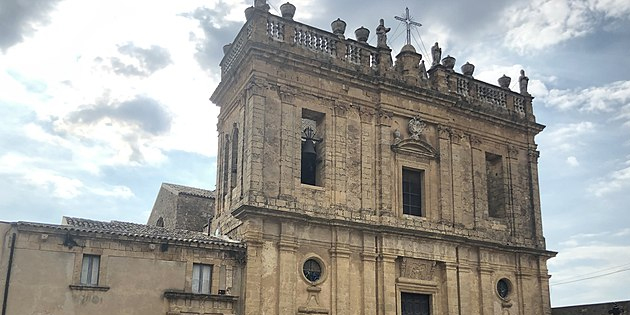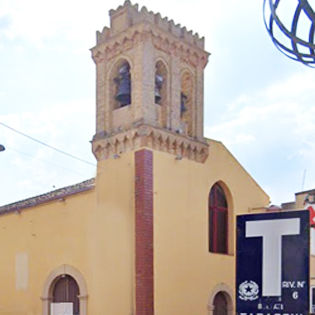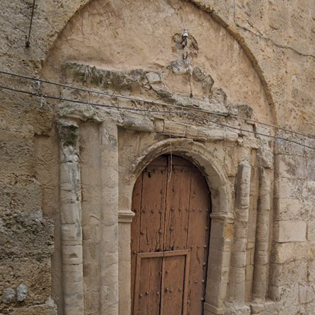Church of Sant'Agostino in Naro

Davide Mauro - CC4.0
The Church of Sant'Agostino in Naro and the adjoining convent constitute an important religious complex of the village.
The ancient complex, of more modest dimensions than the current one, was built in 1117 by some hermit monks of the rule of Sant'Agostino. It is believed that these hermits arrived in Naro in the 6th century to escape the persecution of the Vandals from nearby Africa, and that they initially settled outside the town, in some caves on the Romito hill, to escape the persecution of the Vandals from nearby Africa. It is believed that San Eustachio da Naro, a hermit who lived around 627, lived in this first convent. Later, they were driven out by the Saracens and only in 1086 were they able to return to Naro thanks to Count Ruggero. They thus settled in the current site, a more convenient place and closer to the town. The complex was expanded in 1254 and 1617.
The current façade was designed by Francesco Querni, begun in 1707, but remained unfinished. It was completed in 1815, by Don Felice Vinci, with the addition of the second order of the façade, which broadly recalls that of the Roman basilica of San Giovanni in Laterano. The façade, divided into two orders by a string course and punctuated by simple pilasters, is surmounted by a balustrade and statues sculpted by Don Calogero Vinci from Naro, son of Don Felice Vinci.
The interior, in the shape of a Latin cross, houses numerous valuable works of art: a wooden crucifix from 1535; the wooden statue of Saint Francis of Paola, by Nicolò Bagnasco; a marble holy water stoup in the Renaissance-Gagini style; a wooden pulpit from the end of the 16th century, on which the conversion of Saint Paul is carved; the Mannerist sarcophagus by Francesco Alacchi dating back to 1606; the monumental organ, by Gaspare Di Franco from 1770; the late 18th-century wooden choir, the work of local craftsmen; the paintings of the Ecstasy of Saint Augustine and the Madonna with Child and Saints Augustine and Scholastica, by the Provenzani school; the 18th-century canvas of the Transit of Saint Joseph, by Michele Narbone; the eighteenth-century canvas of the Samaritan Woman at the Well and the Flight into Egypt.
Underneath the church is the crypt built for the burial of the friars by the architect Frà Girolamo Agostino De Cremissa, of the Augustinian order.
Of the ancient convent of Sant'Agostino only a few remains remain. Of particular value is the valuable portal of the atrium, which is now incorporated into the sacristy, which together with a mullioned window, are believed to have been part of the ancient refectory hall of the convent that led into the old cloister. The portal, with a pointed arch and Corinthian columns, has a very fine decoration that is believed to date back to local craftsmen of the fourteenth century. The portal is completed by an eighteenth-century walnut door, with episodes from the life of Saint Augustine engraved in the panels. Inside the sacristy there are several valuable works: a print with the genealogical tree of the Augustinian Order, by the Piacenza engraver Oliviero Gatti; a door painted by Provenzani; the six tondi with the Madonna del Soccorso and Saints, located in the ante-sacristy.


